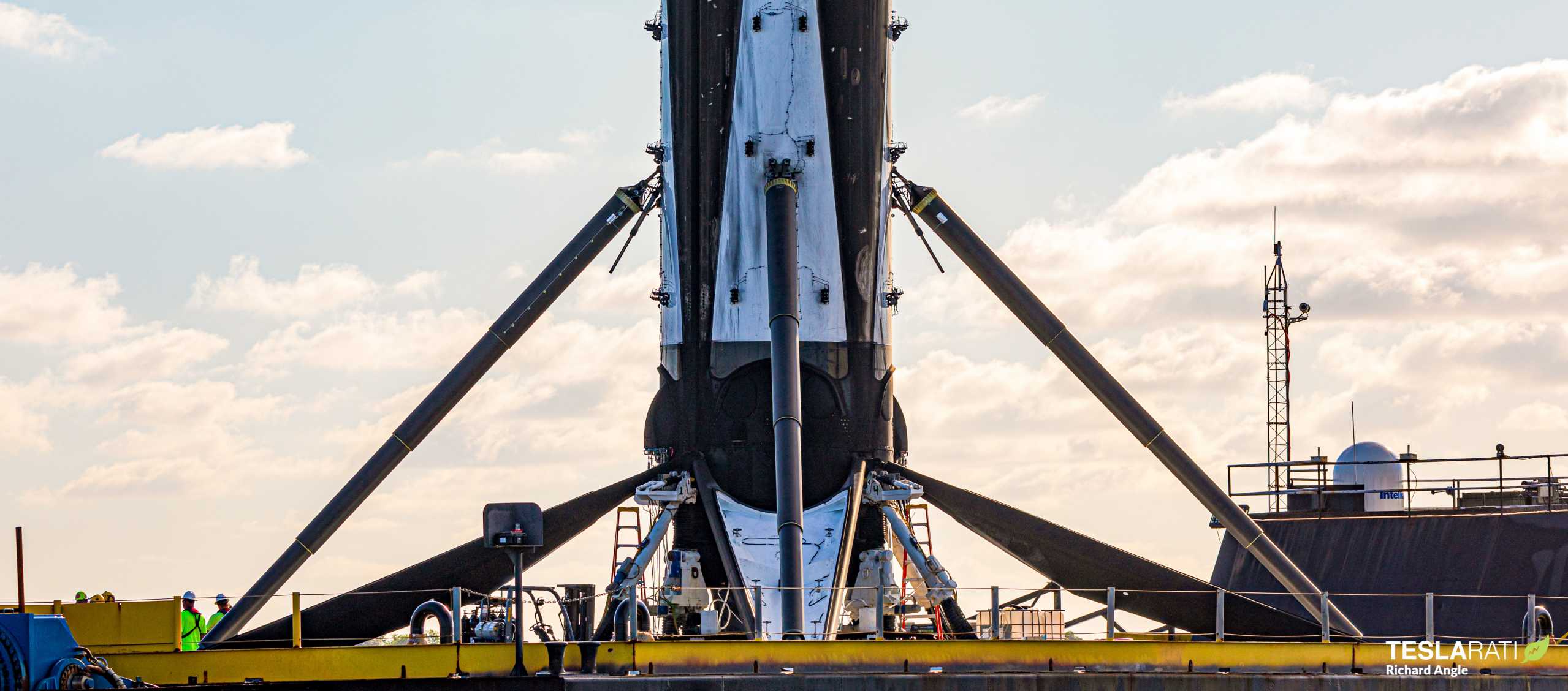
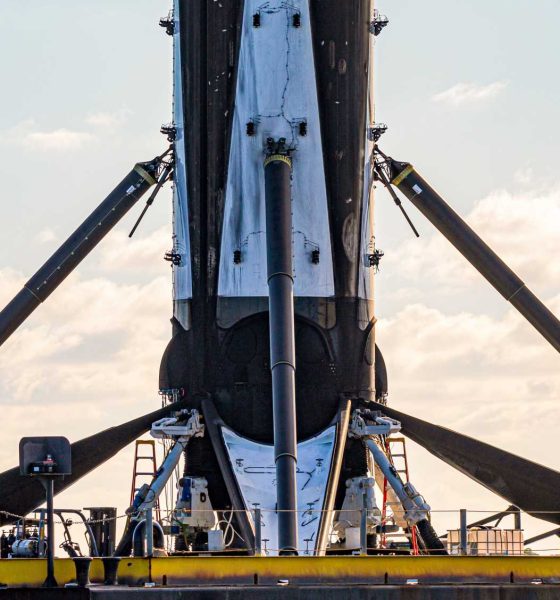
News
SpaceX’s third Starlink launch in three weeks is just around the corner
SpaceX is just a few days away from Falcon 9’s third Starlink internet satellite launch in 22 days, also the second commercial Starlink rideshare mission in two weeks.
If successfully, Starlink v1.0 L9 mission will mark nearly six hundred internet satellites launched by SpaceX since the company began dedicated missions in May 2019, as well as ~530 operational v1.0 spacecraft launched since November 2019. According to SpaceX executives, the company can begin rolling out internet service to customers via “UFO on a stick” user terminals once 14 v1.0 launches have been completed, meaning that the constellation could be just five launches away from generating consistent revenue after the next batch of satellites are safely in orbit.
Meanwhile, SpaceX debuted a separate method of generating revenue from Starlink launches just ten days ago when it successfully launched three Planet imaging satellites on top of 58 new Starlink spacecraft. While the revenue from booking a few satellites to launch on Starlink missions is likely nowhere close to covering the actual material cost to SpaceX, it can certainly help offset the extraordinarily capital-intensive process of constellation build-out. Less than two weeks after SpaceX’s Starlink rideshare debut, the very next launch is scheduled to include two commercial imaging satellites – this time for BlackSky Global.

Built by Washington startup LeoStella, the two imaging satellites scheduled to launch on Starlink-9 arrived in Cape Canaveral, Florida on June 1st in time to be processed and installed on top of a stack of either 58 or 60 Starlink internet satellites.
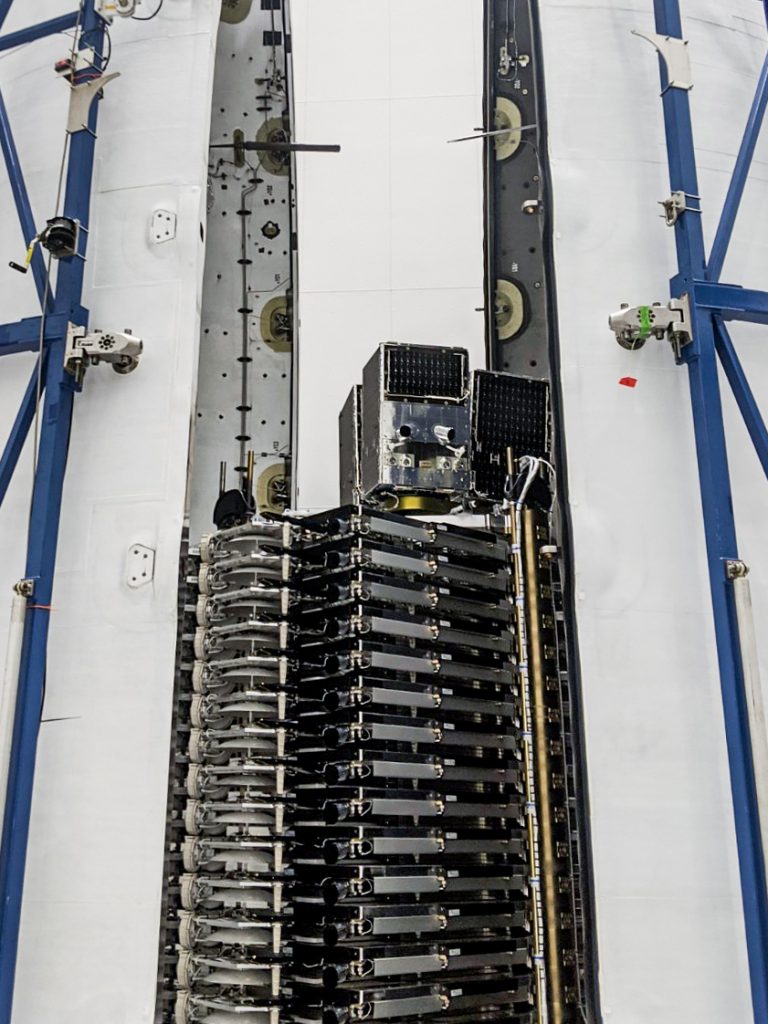
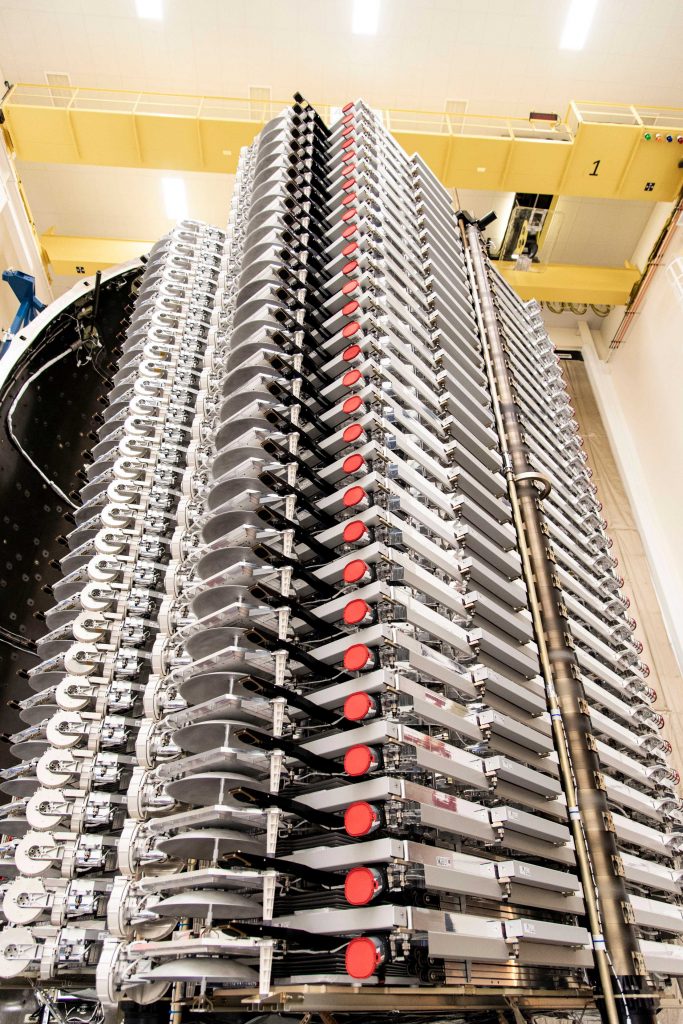
Approximately half as large as the three ~110 kg (240 lb) SkySats SpaceX launched on June 13th, LeoStella’s first two BlackSky satellites are believed to weigh around 55 kg (~120 lb) each and are capable of imaging the Earth’s surface at a resolution of ~1m per pixel from a nominal 500 km (310 mi) orbit. BlackSky’s LeoStella contract includes another 18 such satellites, all of which could (but probably wont) launch on future Starlink missions.
Smallsat constellation operators typically aim for diversity when launching more than a handful of satellites, ensuring that a hypothetical launch vehicle failure wont delay or destroy an entire constellation. Still, according to competitor Planet, SpaceX’s rideshare pricing is so good that it has actively changed how the prolific satellite operator thinks about constellation expansion. Planet, for reference, managed to launch three SkySats – weighing ~330 kg (~730 lb) – for something like $3 million, at least 5-7 times cheaper than launching the same spacecraft on three dedicated Rocket Lab Electron rockets.
Supporting Planet’s high praise, SpaceX recently announced that it had already secured launch contracts for more than 100 small satellites less than ten months after the program debuted, potentially injecting an impressive $50 to $100 million in revenue. A large portion of those satellites are likely scheduled to launch on one of SpaceX’s dedicated semi-annual rideshare missions, the first of which is aiming to launch in December 2020, but at least one or several dozen are probably manifested on Starlink launches.
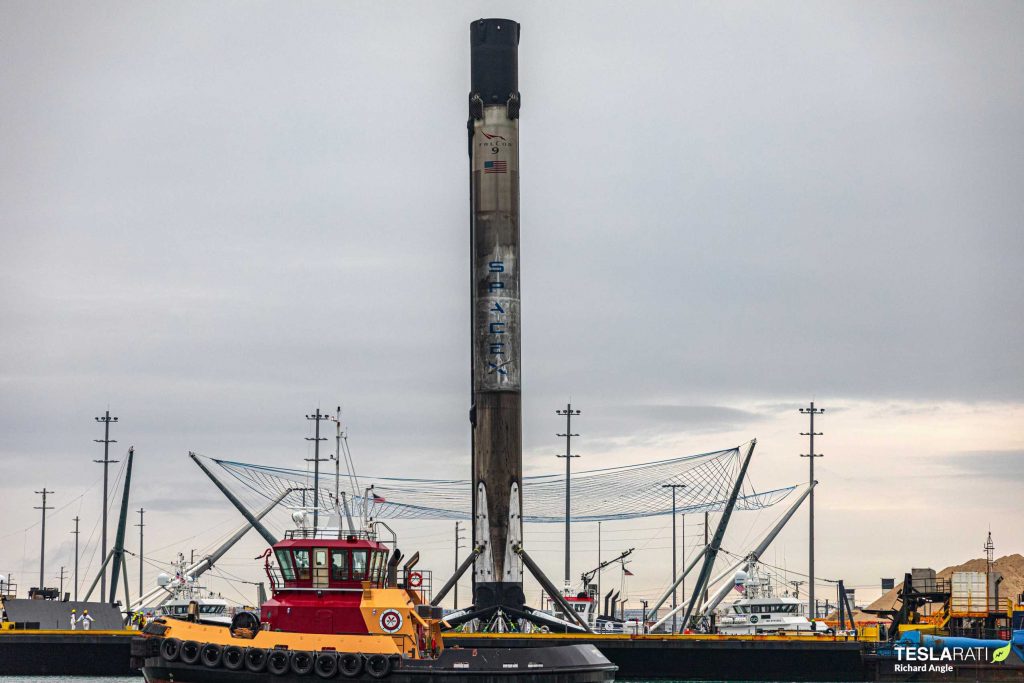

According to CEO Elon Musk, the ultimate cost of a flight-proven Falcon 9 launch can be as low as $15 million – excluding overhead but including a new upper stage, booster recovery, propellant, and other miscellaneous costs. As such, a single 60-satellite Starlink launch likely costs SpaceX less than $30 million total, meaning that an average of five small satellites (base price: $1 million per slot) manifested on a Starlink launch would save SpaceX ~17% every time.
Regardless, Falcon 9 booster B1051 is scheduled to become the third SpaceX rocket to launch five times when it lifts off for Starlink-9 no earlier than (NET) 4:39 pm EDT (20:39 UTC) on June 25th, a delay of three days from the original June 22nd target.
Check out Teslarati’s Marketplace! We offer Tesla accessories, including for the Tesla Cybertruck and Tesla Model 3.

News
Tesla backtracks on strange Nav feature after numerous complaints

Tesla is backtracking on a strange adjustment it made to its in-car Navigation feature after numerous complaints from owners convinced the company to make a change.
Tesla’s in-car Navigation is catered to its vehicles, as it routes Supercharging stops and preps your vehicle for charging with preconditioning. It is also very intuitive, and features other things like weather radar and a detailed map outlining points of interest.
However, a recent change to the Navigation by Tesla did not go unnoticed, and owners were really upset about it.
For trips that required multiple Supercharger stops, Tesla decided to implement a naming change, which did not show the city or state of each charging stop. Instead, it just showed the business where the Supercharger was located, giving many owners an unwelcome surprise.
However, Tesla’s Director of Supercharging, Max de Zegher, admitted the update was a “big mistake on our end,” and made a change that rolled out within 24 hours:
The naming change should have happened at once, instead of in 2 sequential steps. That was a big miss on our end. We do listen to the community and we do course-correct fast. The accelerated fix rolled out last night. The Tesla App is updated and most in-car touchscreens should…
— Max (@MdeZegher) November 20, 2025
The lack of a name for the city where a Supercharging stop would be made caused some confusion for owners in the short term. Some drivers argued that it was more difficult to make stops at some familiar locations that were special to them. Others were not too keen on not knowing where they were going to be along their trip.
Tesla was quick to scramble to resolve this issue, and it did a great job of rolling it out in an expedited manner, as de Zegher said that most in-car touch screens would notice the fix within one day of the change being rolled out.
Additionally, there will be even more improvements in December, as Tesla plans to show the common name/amenity below the site name as well, which will give people a better idea of what to expect when they arrive at a Supercharger.
News
Dutch regulator RDW confirms Tesla FSD February 2026 target
The regulator emphasized that safety, not public pressure, will decide whether FSD receives authorization for use in Europe.
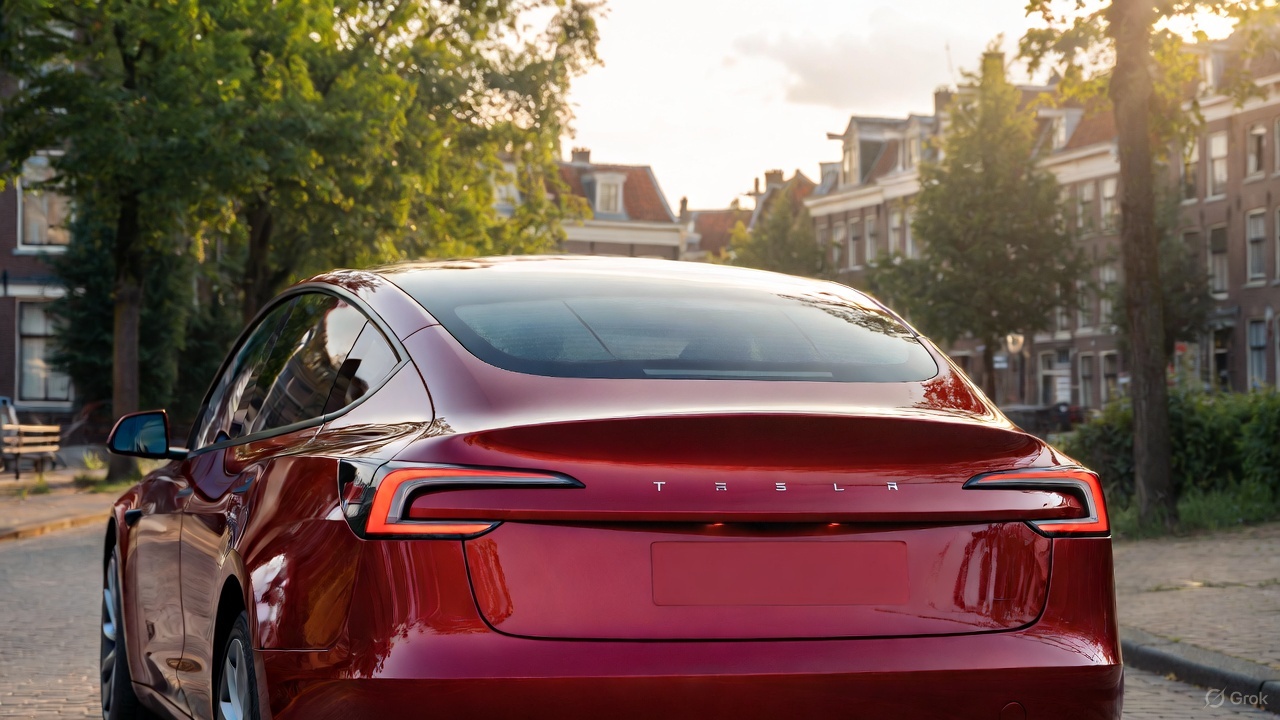
The Dutch vehicle authority RDW responded to Tesla’s recent updates about its efforts to bring Full Self-Driving (Supervised) in Europe, confirming that February 2026 remains the target month for Tesla to demonstrate regulatory compliance.
While acknowledging the tentative schedule with Tesla, the regulator emphasized that safety, not public pressure, will decide whether FSD receives authorization for use in Europe.
RDW confirms 2026 target, warns Feb 2026 timeline is not guaranteed
In its response, which was posted on its official website, the RDW clarified that it does not disclose details about ongoing manufacturer applications due to competitive sensitivity. However, the agency confirmed that both parties have agreed on a February 2026 window during which Tesla is expected to show that FSD (Supervised) can meet required safety and compliance standards. Whether Tesla can satisfy those conditions within the timeline “remains to be seen,” RDW added.
RDW also directly addressed Tesla’s social media request encouraging drivers to contact the regulator to express support. While thanking those who already reached out, RDW asked the public to stop contacting them, noting these messages burden customer-service resources and have no influence on the approval process.
“In the message on X, Tesla calls on Tesla drivers to thank the RDW and to express their enthusiasm about this planning to us by contacting us. We thank everyone who has already done so, and would like to ask everyone not to contact us about this. It takes up unnecessary time for our customer service. Moreover, this will have no influence on whether or not the planning is met,” the RDW wrote.
The RDW shares insights on EU approval requirements
The RDW further outlined how new technology enters the European market when no existing legislation directly covers it. Under EU Regulation 2018/858, a manufacturer may seek an exemption for unregulated features such as advanced driver assistance systems. The process requires a Member State, in this case the Netherlands, to submit a formal request to the European Commission on the manufacturer’s behalf.
Approval then moves to a committee vote. A majority in favor would grant EU-wide authorization, allowing the technology across all Member States. If the vote fails, the exemption is valid only within the Netherlands, and individual countries must decide whether to accept it independently.
Before any exemption request can be filed, Tesla must complete a comprehensive type-approval process with the RDW, including controlled on-road testing. Provided that FSD Supervised passes these regulatory evaluations, the exemption could be submitted for broader EU consideration.
News
Tesla says Europe could finally get FSD in 2026, and Dutch regulator RDW is key
As per Tesla, a Dutch regulatory exemption targeted for February 2026 could very well be the key gateway for a Europe-wide rollout of FSD.
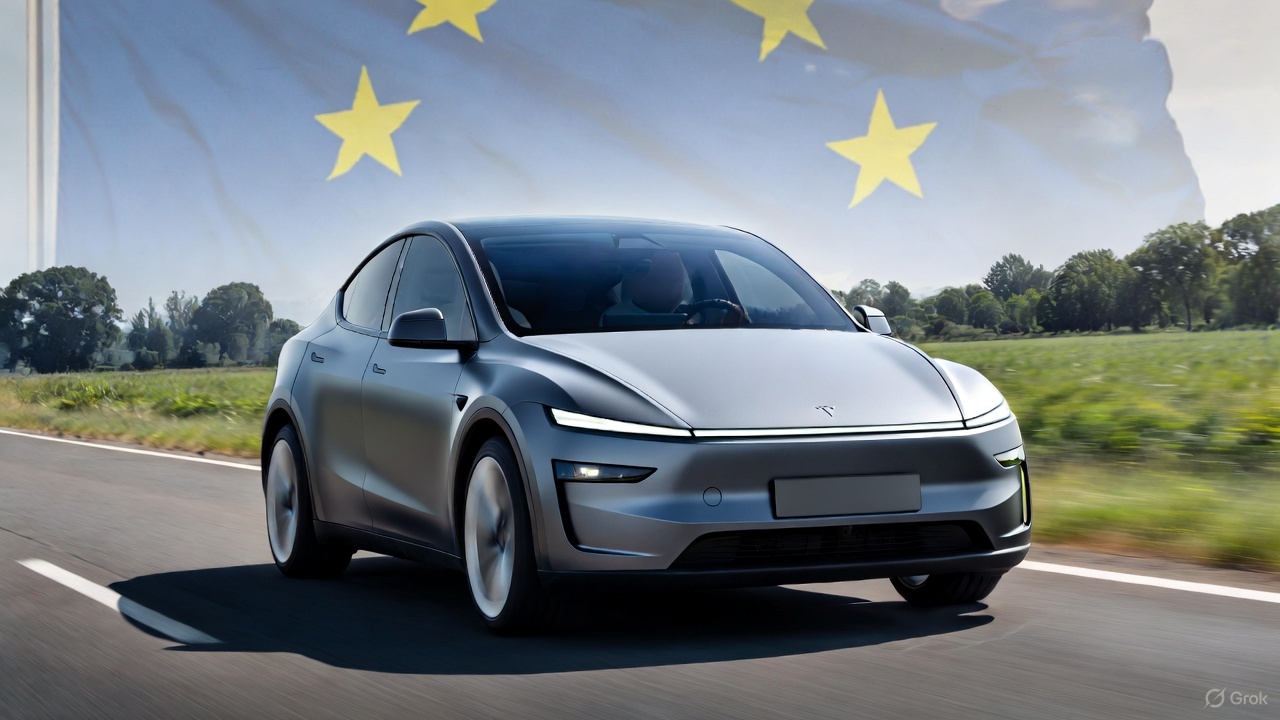
Tesla has shared its most detailed timeline yet for bringing Full Self-Driving (Supervised) to Europe. The electric vehicle maker posted its update through the official X account of Tesla Europe & Middle East.
As per Tesla, a Dutch regulatory exemption targeted for February 2026 could very well be the key gateway for a Europe-wide rollout of FSD.
Tesla pushes for EU approval
Tesla stated that it has spent more than 12 months working directly with European authorities and delivering FSD demonstrations to regulators in several EU member state. Tesla highlighted a number of its efforts for FSD’s release in Europe, such as safety documentation for FSD, which is now included in its latest public Safety Report, and over 1 million kilometers of internal testing conducted on EU roads across 17 countries.
To unlock approval, Tesla is relying on the Netherlands’ approval authority RDW. The process requires proving compliance with UN-R-171 for driver-assist systems while also filing Article 39 exemptions for behaviors that remain unregulated in Europe, such as hands-off system-initiated lane changes and Level 2 operation on roads that are not fully covered by current rules. Tesla argued that these functions cannot be retrofitted or adjusted into existing frameworks without compromising safety and performance.
“Some of these regulations are outdated and rules-based, which makes FSD illegal in its current form. Changing FSD to be compliant with these rules would make it unsafe and unusable in many cases. While we have changed FSD to be maximally compliant where it is logical and reasonable, we won’t sacrifice the safety of a proven system or materially deteriorate customer usability,” Tesla wrote in its post.
Tesla targets February 2026 approval
According to Tesla, real-world safety data alone has not been considered sufficient by EU regulators, prompting the company to gather evidence to get exemptions on a specific rule-by-rule basis. RDW has reportedly committed to issuing a Netherlands National approval in February 2026, which could pave the way for other EU countries to recognize the exemption and possibly authorize local deployment of FSD.
“Currently, RDW has committed to granting Netherlands National approval in February 2026. Please contact them via link below to express your excitement & thank them for making this happen as soon as possible. Upon NL National approval, other EU countries can immediately recognize the exemption and also allow rollout within their country. Then we will bring it to a TCMV vote for official EU-wide approval. We’re excited to bring FSD to our owners in Europe soon!” Tesla wrote in its post.








